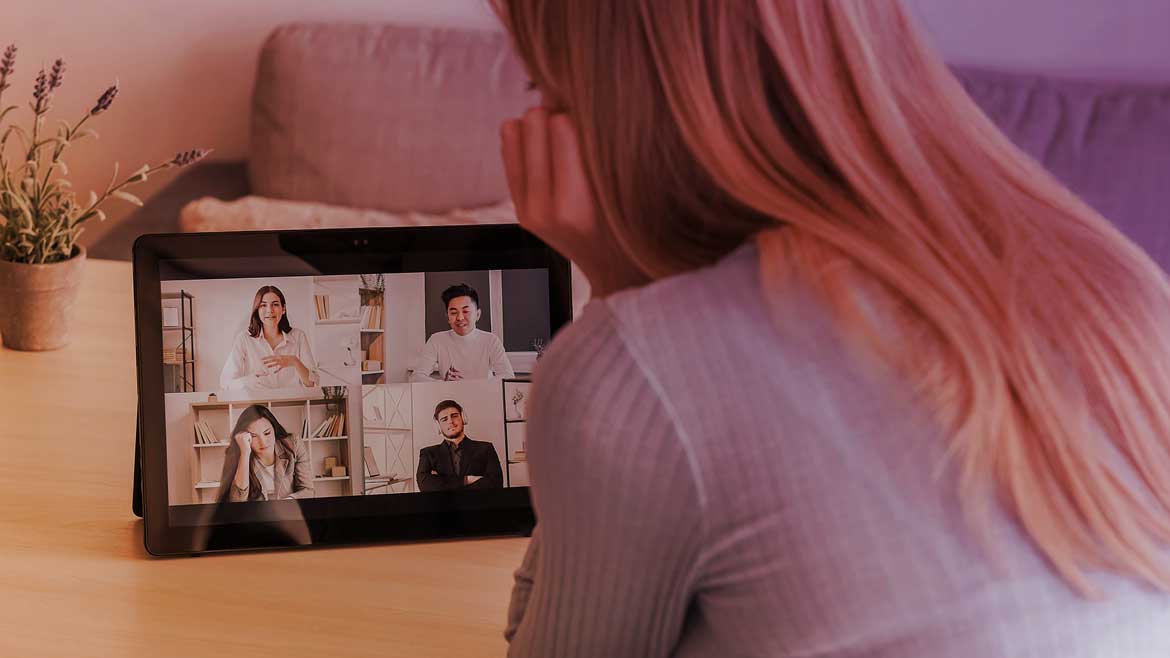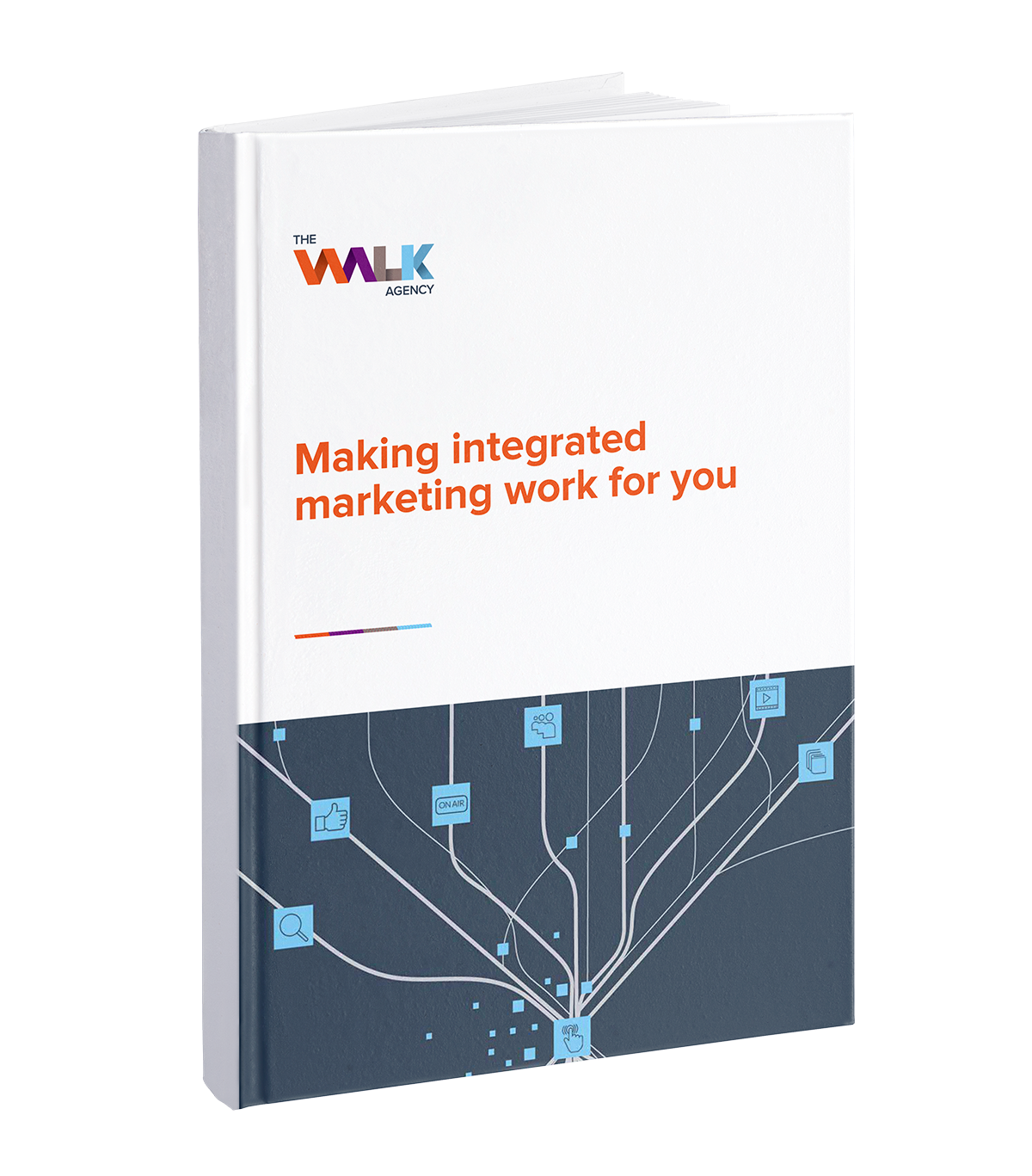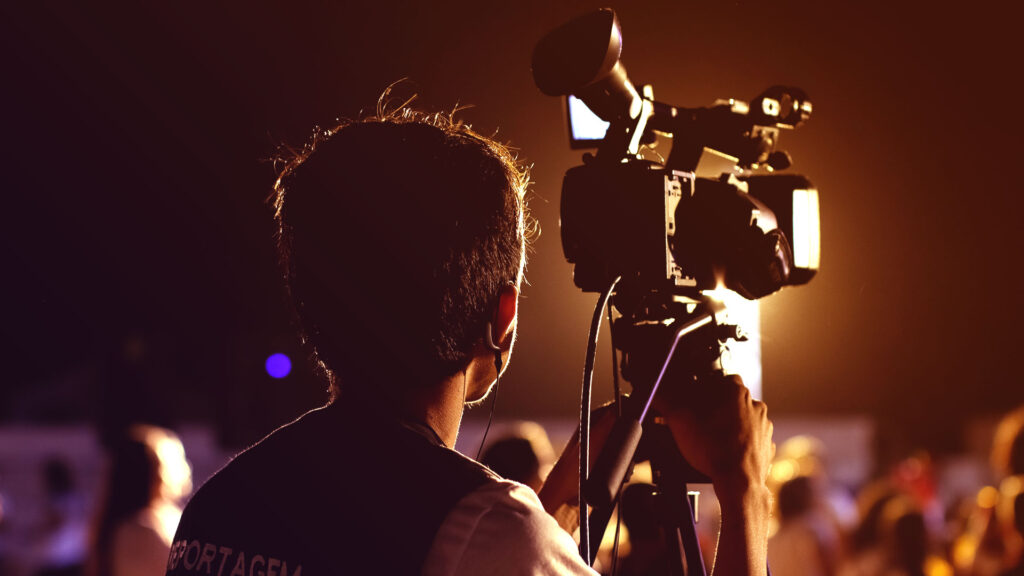Art thrives on breaking down conventional barriers and inspiring new forms of expression. History has shown that the most transformative art often emerges from periods of change where the comfortable norms are questioned and rejected by bold thinkers. Today, we call this “disruption”.
The Dada movement, born out of the disillusionment that followed World War I, rejected traditional art forms in favour of absurdity and anti-establishment sentiments.
In the politically charged atmosphere of the 1970s, street art and graffiti emerged as bold forms of rebellion and self-expression, first with artists like Jean-Michel Basquiat, and later Banksy in the 2000s, transforming urban spaces into canvases for social critique.
When comfort is disrupted, creativity flourishes.
“
When comfort is disrupted, creativity flourishes.
”
Nick Cantor,
Co-founder and Digital Director
The latest upheaval — driven by technology and the gig economy — has reshaped the creative arts in ways few could have predicted. Even in marketing, the traditional in-house creative team is becoming outmoded, replaced by nimble, project-based collaborations that cross borders and disciplines.
The evolution of creative collaboration
In 2021, the creative economy in Australia employed 714,632 people, representing 5.9% of the total workforce. This marks an increase from 5.5% in 2016, highlighting the growing significance of creative industries in the Australian economy.
This growth mirrors the broader shift in how creative work is structured and executed. Previously, creative industries were built on the backs of tight-knit, in-house teams. Designers, writers, and artists worked in close quarters, bound by physical proximity and shared coffee pots.
Today, the industry is characterised by networks of individual freelancers and independent contractors, connected not by a common geography, but by purpose and technology.
@paulbooker #FYP #ForYouPage #Music #Top40 #MusicHistory #WhatHappenedToBands ♬ original sound – Paul Booker
The state of the music industry today is a perfect illustration of the demise of traditional teams. As explained in a recent TikTok from Paul Booker, In the first half of the 1980s, bands dominated the music scene, with 146 weeks at number one, featuring iconic groups like Duran Duran, Culture Club, and Spandau Ballet. This trend continued into the 1990s, with bands claiming the top spot for 141 weeks.
However, in the first half of the 2020s, the situation is starkly different — bands have only spent three weeks at number one, one of which was really just an echo from the past, a comeback single from The Beatles. This decline in band dominance reflects a broader cultural shift towards hyper-individualisation, where solo artists and collaborations between individual performers have become the norm. The rise of solo acts and duos, particularly in genres like grime, highlights how the music industry now favours individual expression over the collective identity that bands once embodied.
Today, it’s rare to find a band formed in this century making it into the top 40 of the singles or album charts, signalling a profound change in how music is created, consumed, and celebrated.
Solo artists, armed with nothing more than a laptop and a TikTok account, are reaching and resonating with audiences of millions. This shift from group synergy to individual brilliance is echoed across the creative spectrum, where traditional teams are giving way to ad-hoc collaborations that can form, storm, and norm in the time it takes to download a new app.

A behind-the-scenes look at a shoot where our team collaborated with a miniature model artist, photographers and videographers to support a campaign being delivered on the other side of the world for a global brand
The drivers of change
Key influences are altering the landscape, pushing the boundaries of traditional work environments and enabling new, more flexible approaches to creativity and collaboration:
- The gig economy
Platforms like Upwork and Fiverr have blown open the doors to a global talent pool. Freelancing is no longer a side hustle, but a career.
According to Upwork’s 2023 Freelance Forward report, the US freelance workforce is booming, and younger generations are more likely to take part. More than half of Gen Z professionals and 44% of Millennial professionals freelanced in 2023, compared to 30% of Gen X, 26% of Boomers, and 38% of Traditionalists.
For businesses, this means access to top-tier talent without the overheads or commitment of full-time employment.
- Technological advancements
Collaboration once meant gathering teams together in a conference room at the same time. Now it’s driven by digital tools like Slack, Zoom, and Asana that connect teams across the globe in synchronous and asynchronous workflows that keep projects in motion around the clock. Yet, the shift to virtual collaboration goes beyond just technology; it’s about being intentional, transparent, and creative in how we work together.
McKinsey’s 2022 report on collaboration highlights that successful teamwork in this new landscape requires deliberate choices — bringing in the right mix of perspectives at the right time and knowing when to step back. This approach fosters productivity and cultivates the trust and creativity essential for true innovation.
Current trends in creative industries
The creative industries are undergoing a profound transformation. Traditional models of collaboration and production are being reshaped, giving way to more agile, dynamic structures that better align with a world that’s filled with empowered independent creators armed with transformational technologies.
This shift is reflected in tangible growth within the sector. In 2021, Australia’s creative economy employed 714,632 people, representing 5.9% of the total workforce, a notable increase from 5.5% in 2016. This growth underscores the expanding influence of the creative industries, highlighting their critical role in the broader economy and their ability to adapt and thrive in an ever-evolving landscape.
Music and the arts
The era of the band is over; the solo artist reigns supreme. As discussed in the earlier mentioned TikTok, the decline of bands and the rise of solo artists highlights this dramatic shift, where individualism now drives the music industry, and solo performers dominate the charts.
With technology at their fingertips, today’s musicians can record, produce, and distribute their work without ever stepping into a studio with a band. Platforms like SoundCloud and Spotify have levelled the playing field, giving independent creators direct access to global audiences.
Design and advertising
In design and advertising, the move from in-house teams to cross-disciplinary freelance squads has become the new normal. Agencies are no longer tied to full-time staff; instead, they’re creating bespoke teams for each project, drawing in top talent from around the world to bring specialist skills, as and when they’re needed.
McKinsey’s research underscores that this shift isn’t just about flexibility — it’s about intentional collaboration. By strategically assembling diverse teams and fostering transparent communication, agencies are not only boosting productivity but also sparking the kind of creativity and innovation that drive success in today’s competitive landscape.
Publishing and media
The rise of self-publishing and independent content creators, enabled by platforms like Amazon, has revolutionised the publishing world. Now anyone with a story can become an author, bypassing traditional gatekeepers.
Independent creators on platforms like YouTube and TikTok are building vast audiences and thriving without the need for conventional media channels. This has led to a decentralised media landscape where creativity flourishes without limits, opening new doors for those with fresh ideas and voices.
Across industries
The demand for creative professionals extends far beyond the boundaries of traditional creative industries. In 2021, 184,683 creative services professionals were embedded in sectors such as Finance, Insurance, and Public Administration, demonstrating the expansive reach and value of creative expertise across the economy.
Creative professionals, especially those in areas like Software and Digital Content, are making substantial contributions to industries such as Finance, Insurance, and Public Administration. Creative skills are pivotal in driving innovation and advancing progress across a wide range of sectors.
The benefits of creative collaboration
Good creativity is inherently collaborative, where individuals can thrive on the exchange of ideas, new opinions and diverse inputs that contribute to a more impactful outcome and shared success. In an era where the boundaries of work are increasingly fluid, the potential for collaboration has expanded beyond traditional limits, offering unprecedented opportunities for those who embrace it.
The ability to harness the collective genius of a global network is a profound shift in how we approach creativity and innovation. It becomes clear that those who master this art will not only stay ahead of the curve but will set the pace for others to follow, through:
- Access to diverse talent: The constraints of physical geography have dissolved, allowing creatives to draw from a global reservoir of talent. This ability to assemble the finest minds from around the world for each project is a powerful advantage.
- Flexibility: The capacity to scale teams up or down with agility is transformative. This flexibility is particularly vital for mid-market organisations and start-ups, where staying lean and adaptable is essential.
- Increased innovation: The convergence of diverse perspectives and skills is where true innovation takes root. Cross-disciplinary teams are the catalysts that drive creative breakthroughs and elevate the standard of success. Freelancers are also at the forefront of technological innovation, being 2.2 times more likely than their traditionally employed counterparts to regularly use generative AI tools.
The challenges of creative collaboration

As traditional work environments transform and diverse global teams become the norm, the craft of collaboration becomes even more intricate, and brings new challenges:
- Managing remote teams: Although remote collaboration technology has significantly improved, it comes with its own nuances. The enforced remote work of the pandemic revealed barriers to effective remote teamwork, including miscommunication, connectivity issues, and the pervasive “Zoom fatigue.” Poor communication, time zone differences, and the absence of in-person interaction can impede progress if not carefully managed.
- Maintaining brand consistency: For businesses collaborating directly with freelancers and external partners introduces the challenge of preserving brand integrity. The McKinsey report stresses the importance of transparency and clear communication to ensure that all collaborators are aligned with the brand’s vision. Without these, there is a risk of inconsistencies in the final output, which can dilute the brand’s identity and message. An agency which is aligned with and knowledgeable about the brand can mitigate this by bringing creative quality assurance to the brand’s output, no matter where the work is being done.
- Intellectual property issues: With great collaboration comes great responsibility, particularly regarding intellectual property. With over 200,000 creative professionals employed outside the traditional creative industries, and almost 200,000 within them, the widespread distribution of creative talent across various sectors underscores the need for clear, comprehensive contracts. As creative work increasingly spans multiple industries, establishing agreements that clarify ownership and rights is crucial to ensuring that all parties understand their obligations and benefits from the outset.
What the future holds
The gig economy has firmly established itself as a defining force in the creative industries, and its influence is poised to expand even further. As more businesses and creatives adopt this model, we can expect the emergence of decentralised, collaborative work structures that are more agile and responsive than ever before.
For multinational enterprises, mid-market organisations, and start-ups, this evolution presents both a challenge and an opportunity. Embracing the gig economy offers the agility necessary to thrive in a rapidly changing landscape, but it also demands a rethink of how businesses manage and collaborate with external partners. Those who can navigate this shift effectively will position themselves at the vanguard of a new era in creativity.
The path forward
The landscape of creative work is undergoing a profound transformation, driven by the rise of the gig economy and the power of collaboration. As these trends reshape the industry, the ability to adapt will be the key to staying ahead. Embracing creative collaboration is not just a response to change but a strategic advantage in a world where innovation and agility are paramount.
At The Walk, we are passionate collaborators, dedicated to building bespoke teams that align perfectly with the unique needs of each client. Whether you’re looking to complement your existing team with specialised expertise or you’re seeking additional scale or strategic guidance, we’re here to partner with you.
Let’s explore how we can collaborate to drive your business forward in this dynamic new era.




